Comparison of Resource Distribution and Fertility of Wild Lilies in Dry Valleys of the Upper Reaches of the Minjiang River
doi: 10.16779/j.cnki.1003-5508.2018.02.015
- Received Date: 2018-03-12
-
Key words:
- Germplasm resources /
- Associated plants /
- Fertility
Abstract: Sichuan Lily was rich in resources, and collection of germplasm resources was the basis for the protection and utilization of lilies. In this paper, the wild lily resources were investigated in the dry valley area of the upper reaches of the Minjiang River, and the collection, preservation and artificial breeding of lily germplasm resources were also researched in succession. A total of three lilies were found in the area:Lilium regale Wilson,L. davidii Duchartre and L. duchartrei Franch. Among them, L. regale grew mostly in hillside shrubs,on sunny slopes or in ditches, cliffs, and rock crevices, associated with leguminous and Rosaceae plants. L. davidii and L. duchartrei h mostly grew in forest margins, alpine shrubs and grasses, associated with Rosaceae and Compositae plants. Germplasm resources such as bulbs and seeds of three species of lilies were collected and preserved by ex-situ preservation of bulbs and cryopreservation of seeds, the artificial cultivation experiments of lilies were subsequently carried out. The results showed that the best breeding method for the lily was bulb propagation, followed by seed propagation and budding.






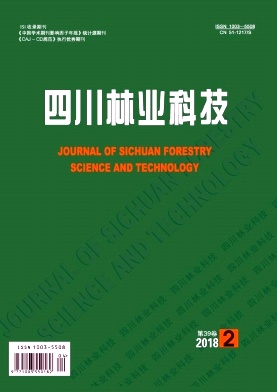




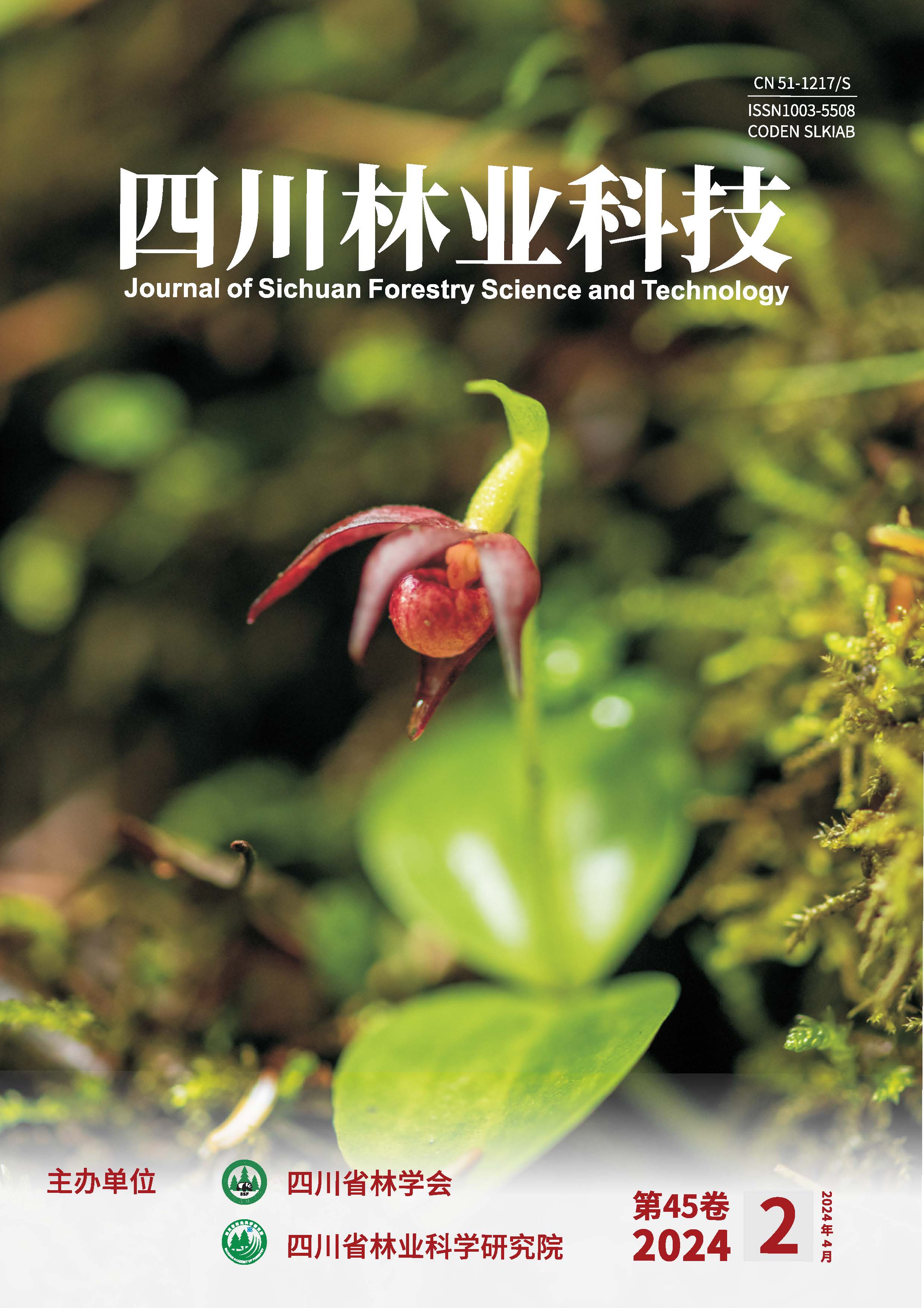
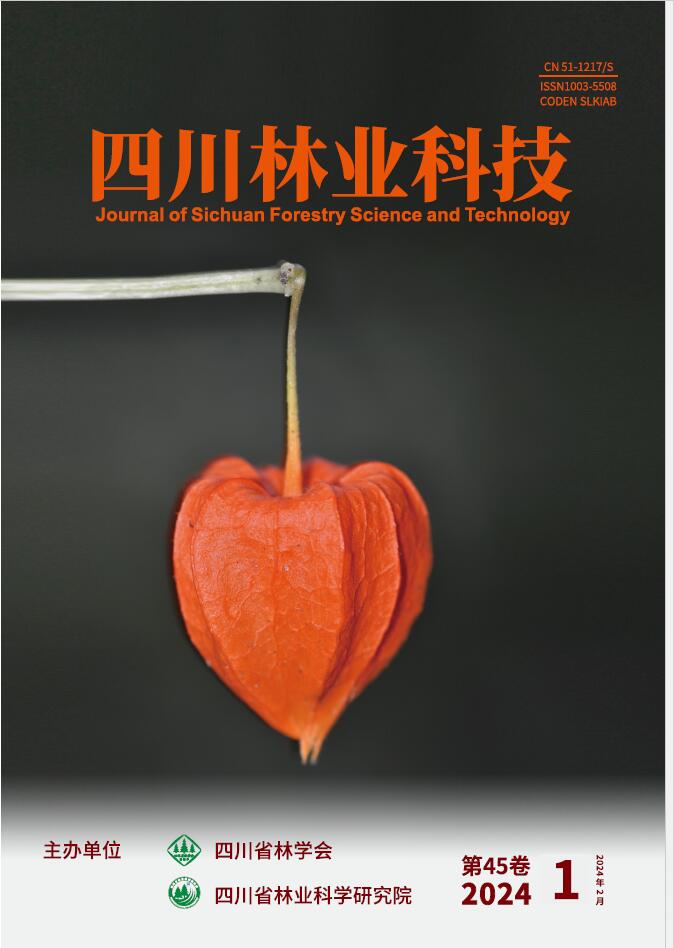
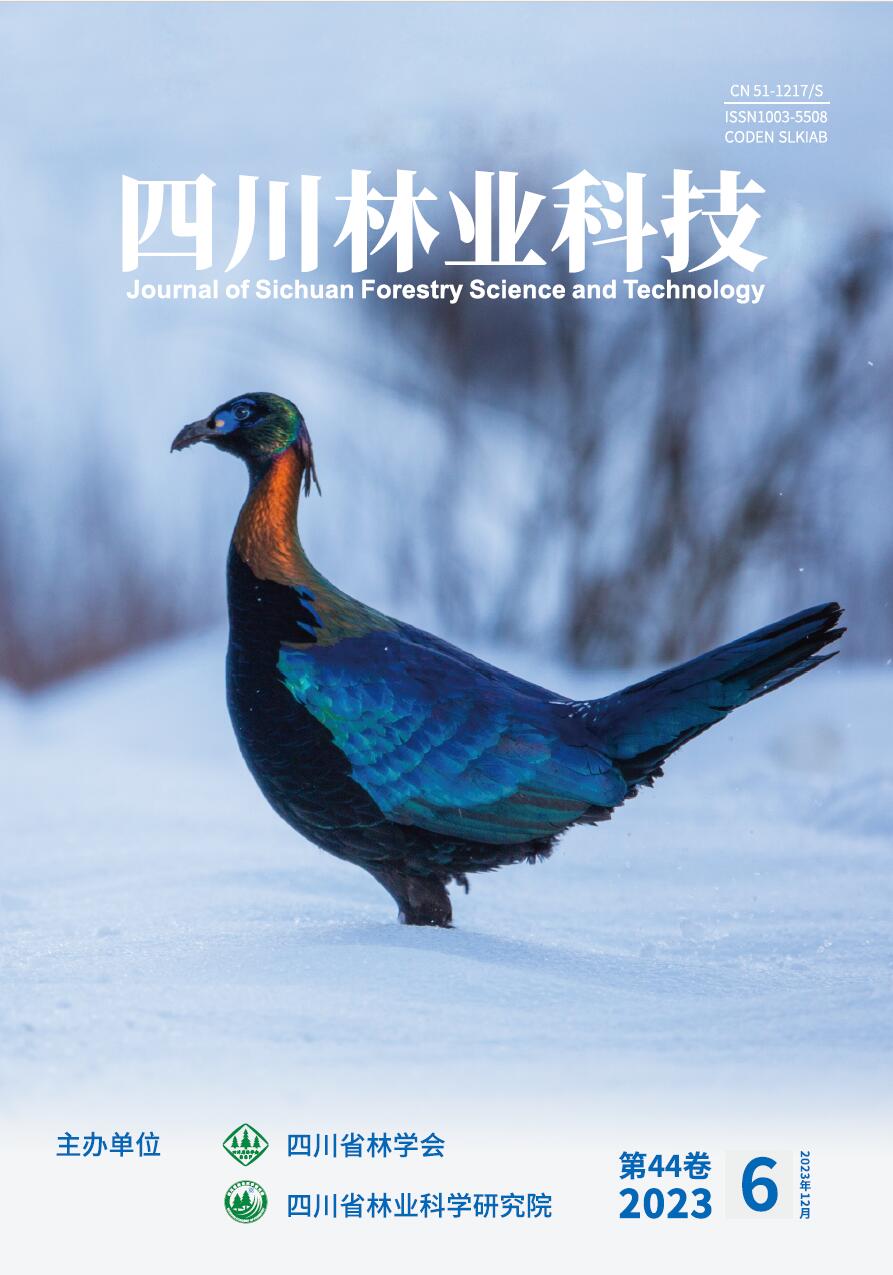
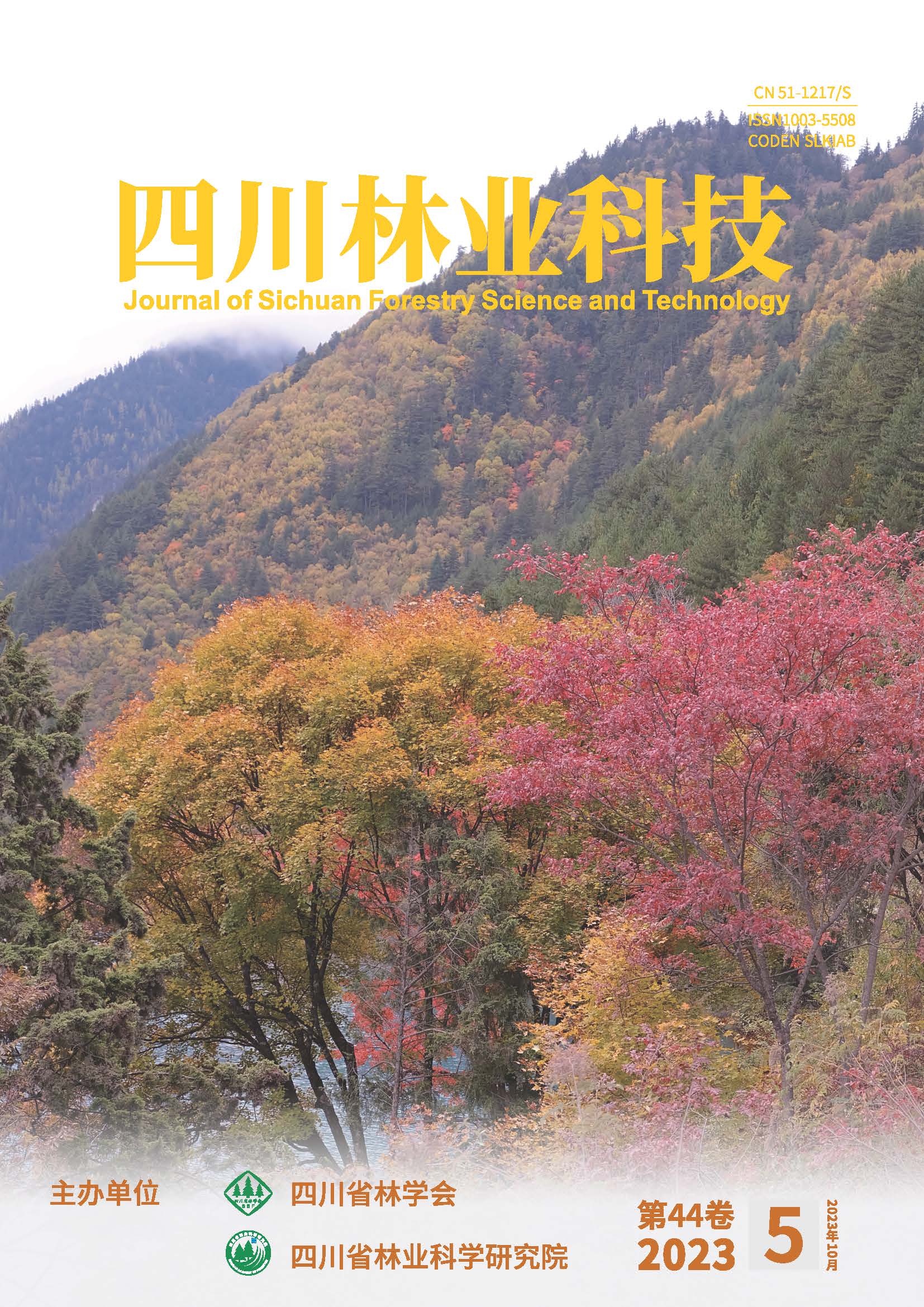
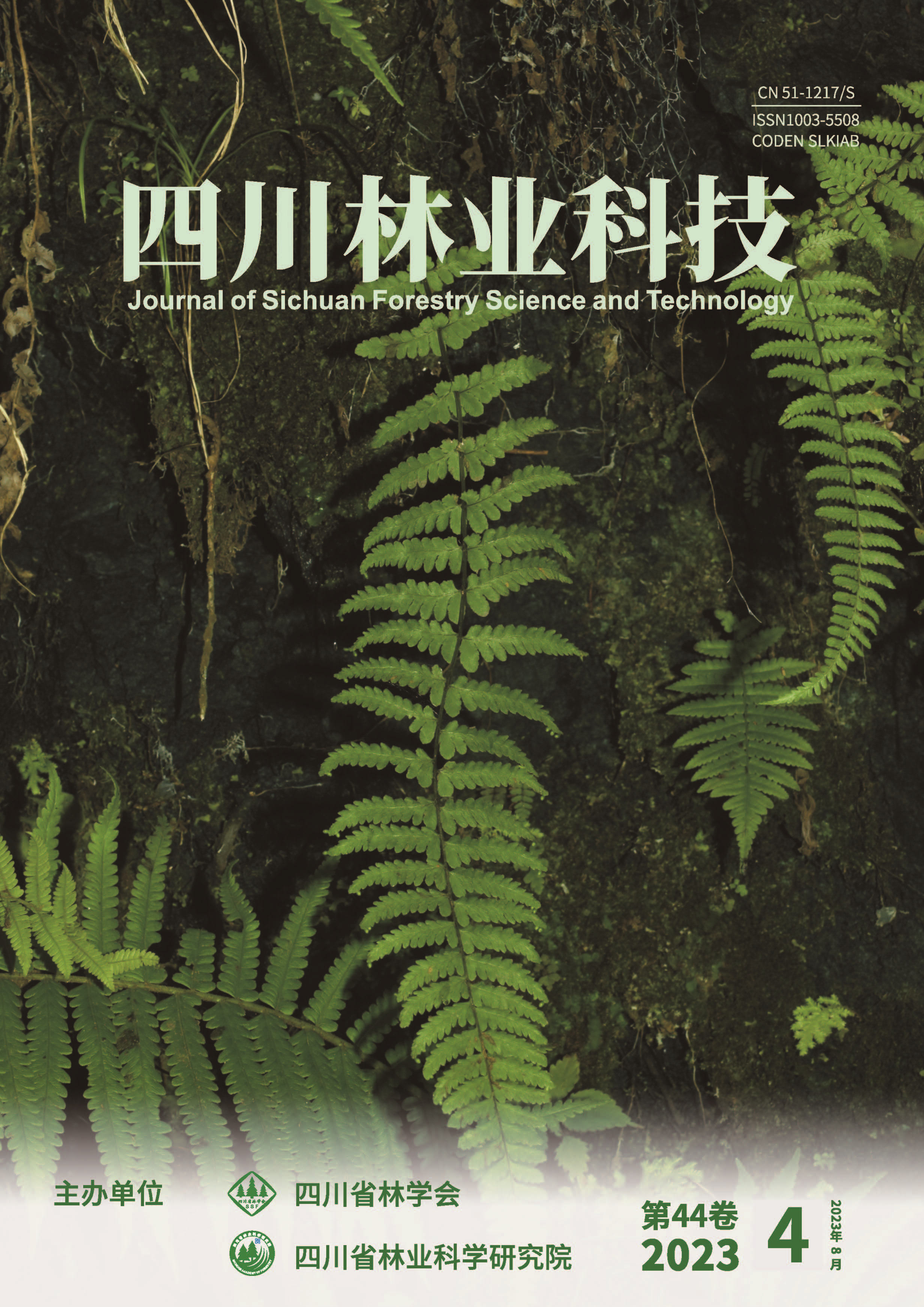
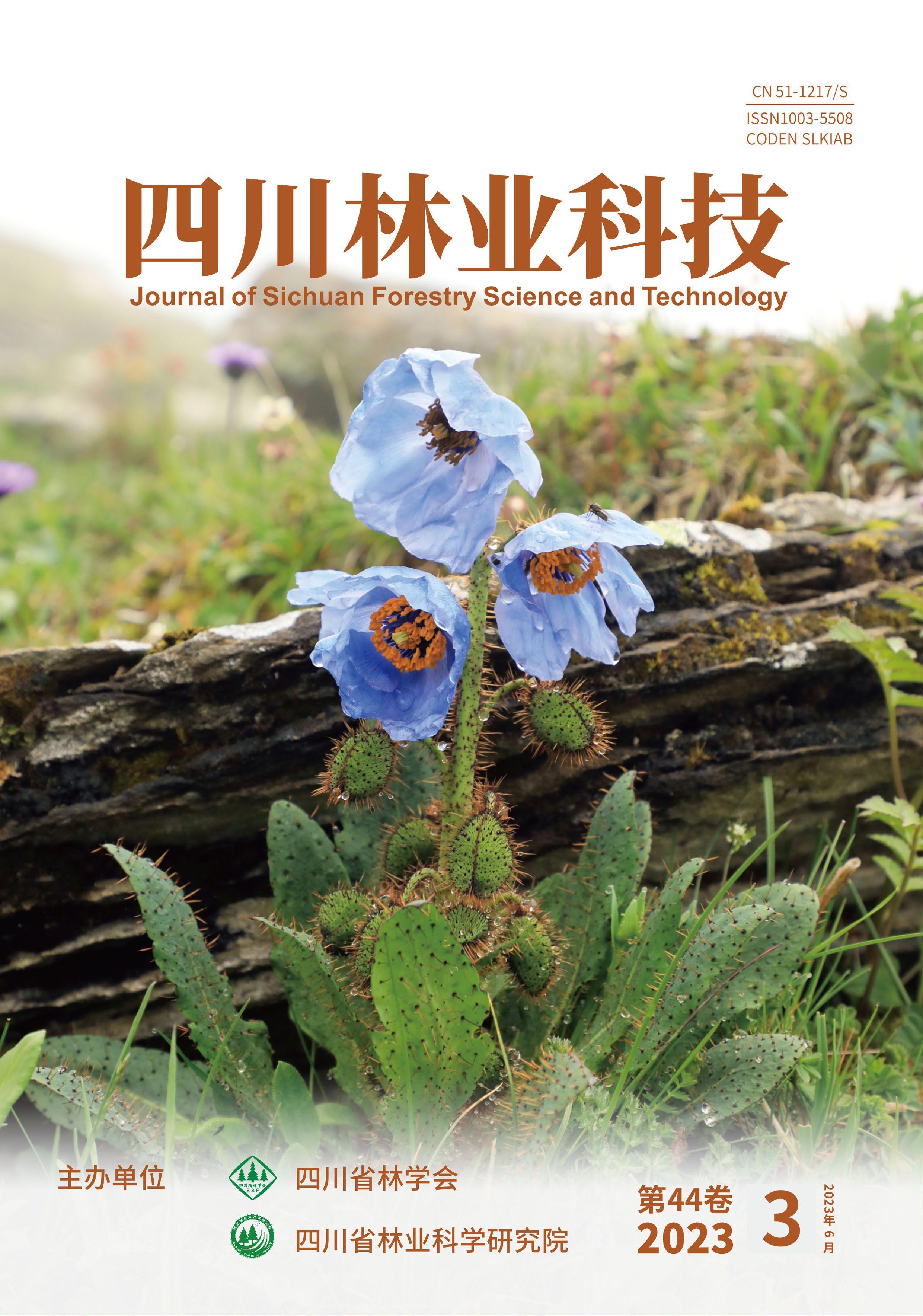
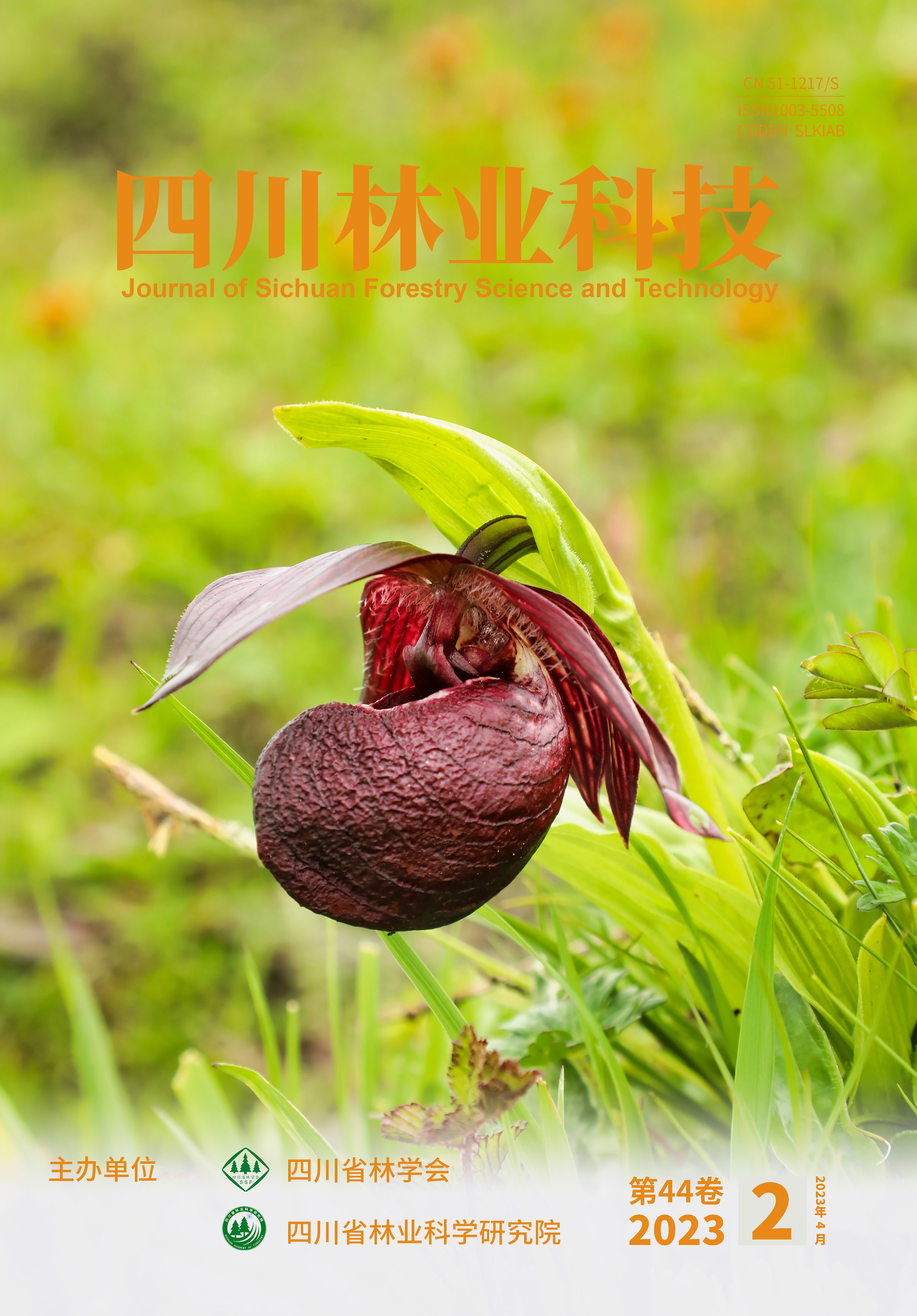
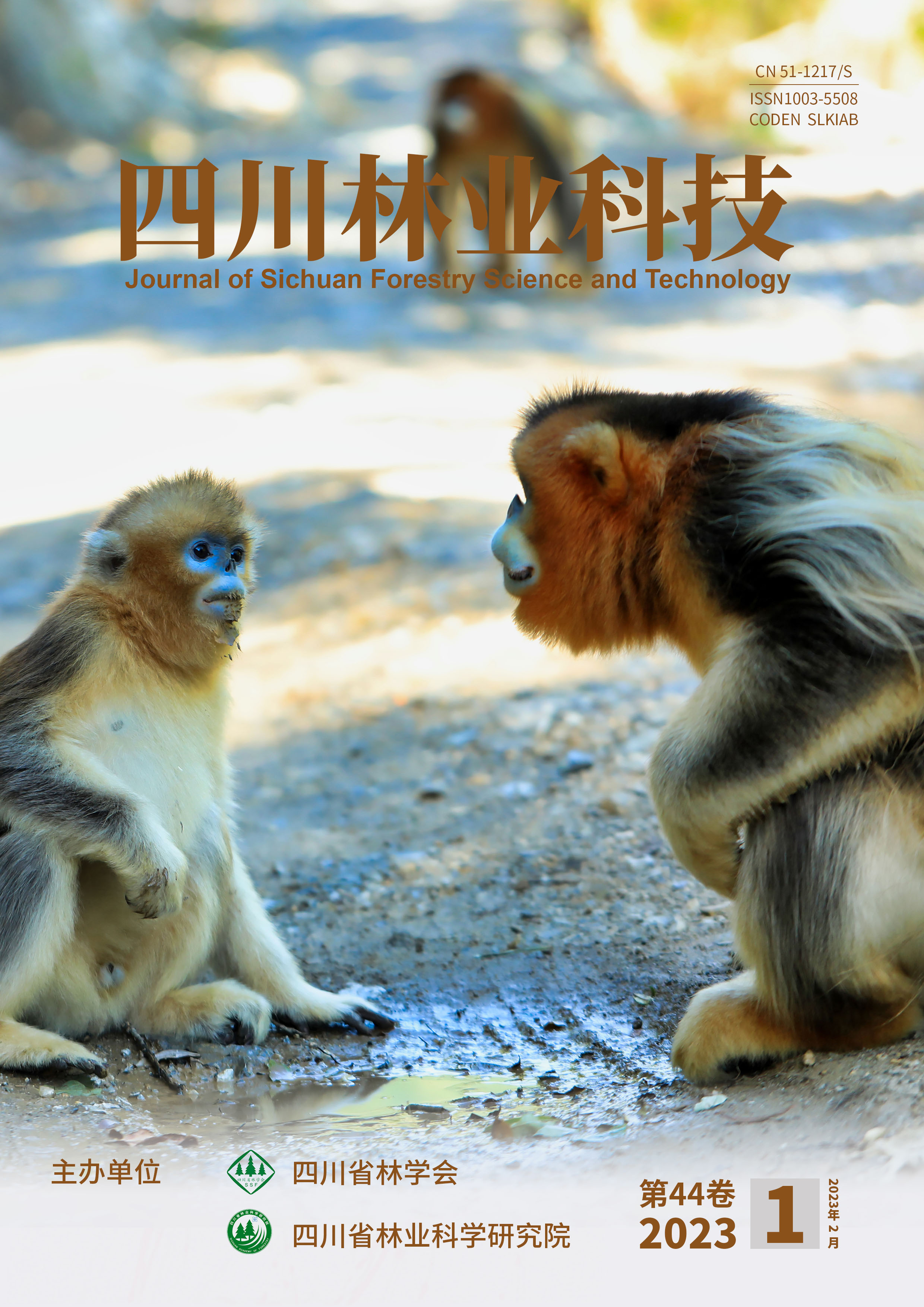


 DownLoad:
DownLoad: